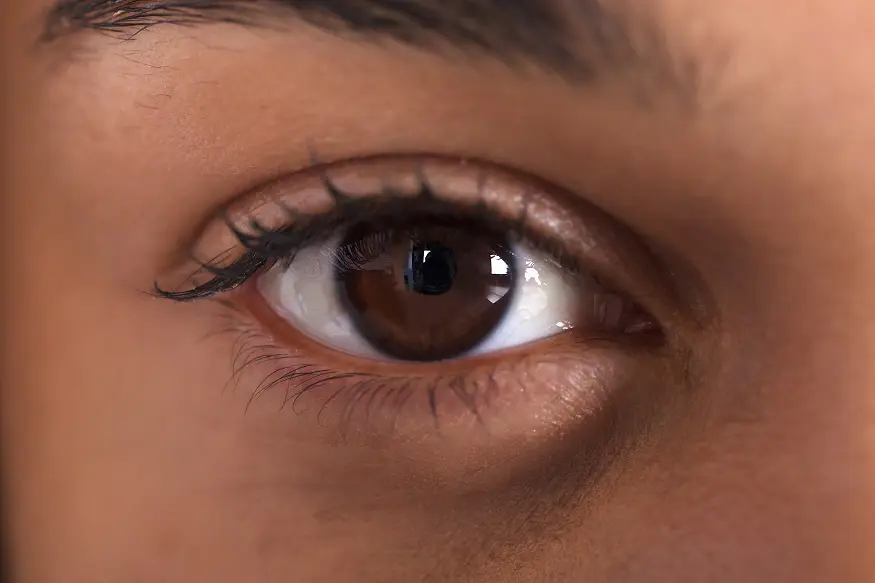Eyes are not just important for vision, they have many fascinating features and capabilities that scientists and enthusiasts find amazing. Here, we have created an interesting infographic that can help you learn more about your eyes:

Tips to care for your eyes
The eyes, often referred to as the windows to the soul, are one of the most remarkable and complex organs in the human body. Hence, they deserve the best care. Here are some quick tips to take care of your eyes:
1. Choose the right contact lenses
When choosing contact lenses, it's important to ensure that they cater to your specific vision needs. To make the right choice, it's best to consult with your optician. If you lead a busy life, daily disposable lenses are a great option as they don't require a cleaning routine and can be disposed of at the end of each day. On the other hand, two-weekly, monthly, and extended-wear contact lenses can be worn for a longer period of time. However, they pose a higher risk of infection and require a dedicated cleaning and storing routine.
2. Go for quality glasses and make sure they fit you well
When it comes to picking the right glasses, quality is a major factor to consider. Frames made of durable and high-quality materials make them less fragile and comfortable to wear for a long time. Also, choose frames that are perfectly aligned with your facial structure, ensuring a flattering and proportionate look. In addition, make sure the frames provide a comfortable fit so that you can wear them all day without any discomfort. By taking these factors into consideration, you can find glasses that not only look good but also feel good to wear.
3. Use sunglasses to shade your eyes
Sunglasses are more than wonderful fashion accessories; they serve a crucial purpose in safeguarding your eyes from the damaging effects of sun rays. These rays can cause long-term damage to the eyes, leading to various vision problems. Therefore, it's highly recommended that you wear sunglasses every time you step out in the sun, not just to look stylish but also to protect your vision and eye health. Explore the wide collection of sunglasses at Feel Good Contacts and find the perfect pair for you.
4. Have regular eye tests
It is essential to undergo regular eye examinations every two years, or as often as your optician recommends. If you have poor eyesight or a medical condition like diabetes, you may need to schedule more frequent eye tests. Remember, regular eye tests can help detect early signs of eye problems and prevent vision loss. Depending on your circumstances, you may be able to have free eye tests.
Invest in eye care
Make it a point to pamper your eyes every now and then. Invest in hydrating eye drops, comforting eye compresses, and refreshing lid wipes to tackle eye issues such as dry eyes, tired eyes, irritations, and more.
Disclaimer: The advice and suggestions in this blog are for informational purposes only and are not a substitute for medical care. Before trying any products or remedies, consult with an eye care professional. See our Editorial Policy for details on how we review our blog.







































